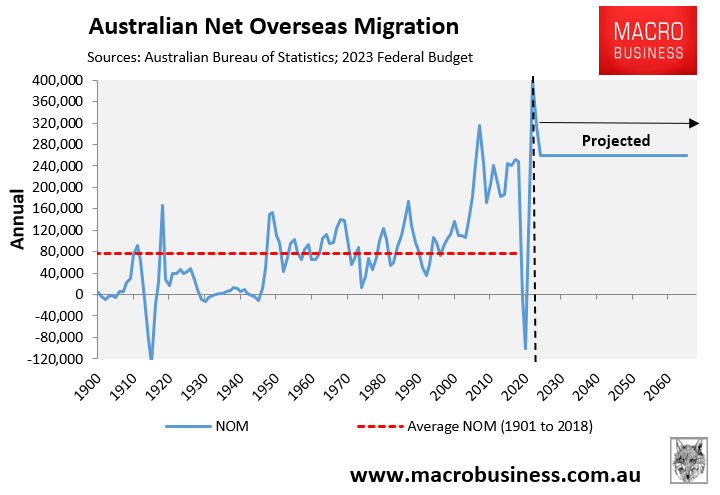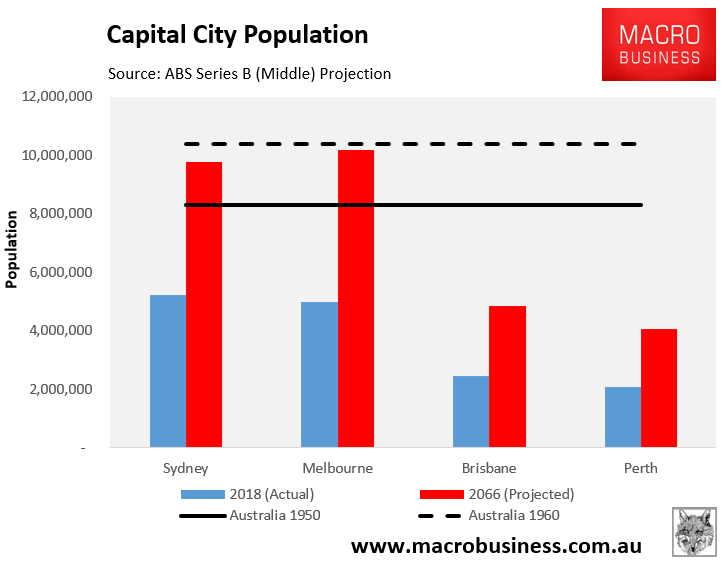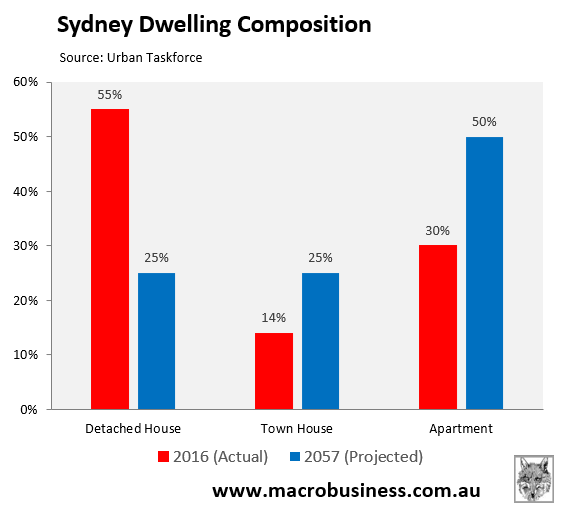Young Planner of the Year, TEDx Speaker and TikTok influencer Samuel Austin penned an article in Yahoo News explaining how residents of Western Sydney are being baked under concrete via the ‘urban heat island (UHI) effect’:
“UHI is a phenomenon where cities and urban spaces become much hotter than surrounding, less urbanised areas”.
“This is because buildings and hard surfaces absorb heat and radiate it back out into the immediate atmosphere. Lower levels of vegetation cover due to hard surfaces and less water retained in the landscape also reduces evapotranspiration, a key process for removing heat from the environment”.
“Houses built in the past 20 years differ significant than our existing housing stock. They’re built on much smaller lots, on average half the size of a typical Sydney suburban block”.
“Most houses are built to the boundary line, with only 1 to 2m separating them. Backyards aren’t big enough for a hills hoist, let alone for a mature tree to grow”.
“And the end result of all this heat? Soaring energy usage for A/C units, expensive home maintenance as appliances break. And entirely avoidable, preventable, needless deaths”.
MB has warned of the UHI effect for years (for example, see here, here, and here).
Australia’s population has ballooned by six million people this century via extreme immigration, the majority of whom have landed in our major cities.
The Albanese Government has doubled-down on this population expansion by launching the largest immigration program in this nation’s history:

The ‘Big Australia’ program of mass immigration guarantees that the UHI effect will worsen as green space is devoured to make way for high density dwellings to accommodate the millions of extra people inhabiting our cities.
Check out the pre-COVID population predictions for Australia’s major capital cities from the Australian Bureau of Statistics:

Our cities’ populations were projected to almost double in the 48 years to 2066 as a result of continuous mass immigration.
These additional tens of millions of people could only be crammed into these cities by densification, which inevitably means less green space and hotter “heat islands”.
As a result, urban planners’ infill fantasy of cramming millions more people into the existing urban footprints would inevitably consume backyards, trees, and open space, making our cities even hotter. In turn, energy use will increase (e.g. air conditioners).
For example, the Urban Taskforce projects that only one quarter of dwellings across Sydney will be detached houses by 2057, down from 55% in 2016:

That is the death of the Australian backyard right there.
Multiple studies have shown high density to be harmful to our health and wellbeing (for example see here, here, here, and here).
A pandemic poll undertaken by Westpac also showed that 77% of Australian yearn for a house with a backyard.
Clearly, maintaining green infrastructure in our major cities is not consistent with the projected explosion of their populations via extreme levels of immigration, along with planning rules forcing population density.
The first best solution to the ‘heat island’ problem is to reduce immigration back toward the historical average of around 100,000 people a year, thereby slowing the destruction of green space and saving the Aussie backyard.
Otherwise, Sydney and the other major cities face a future in which only the wealthiest residents will be able to afford a detached house with a decent backyard, while the majority will be forced to live in high-rise apartments like sardines, baked in concrete.
Is this the future we want to leave to our children and grandchildren?

